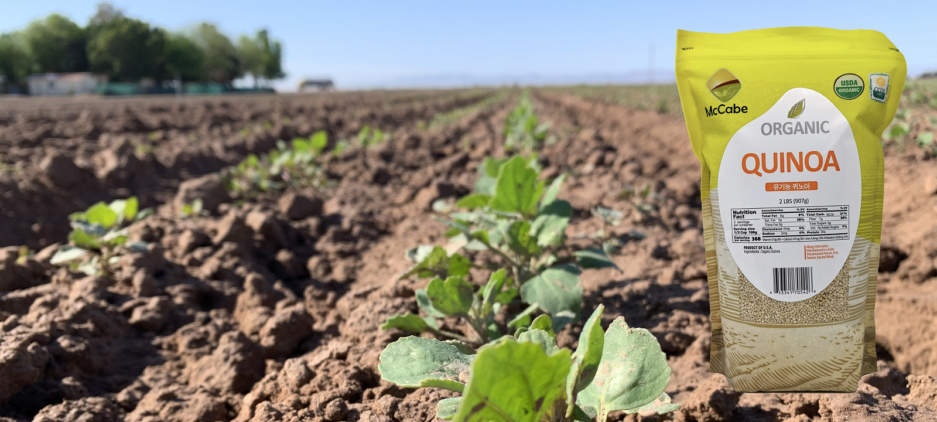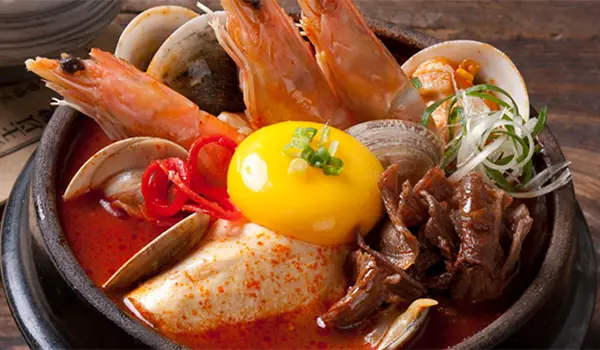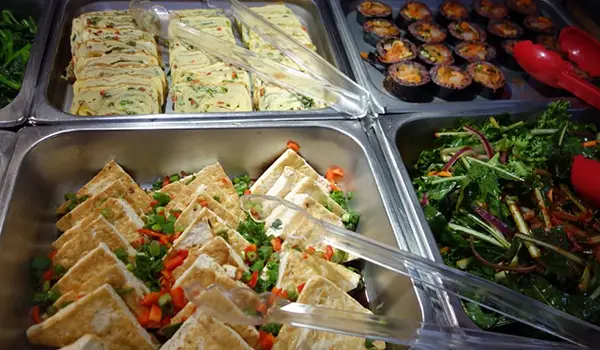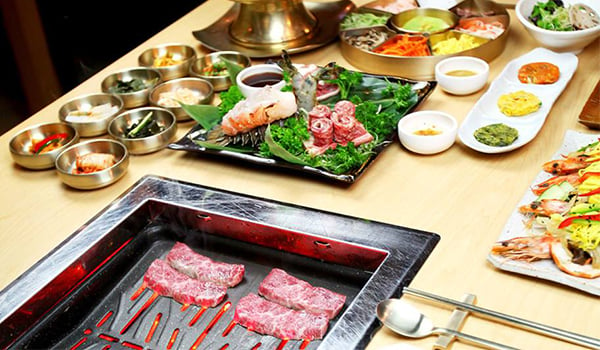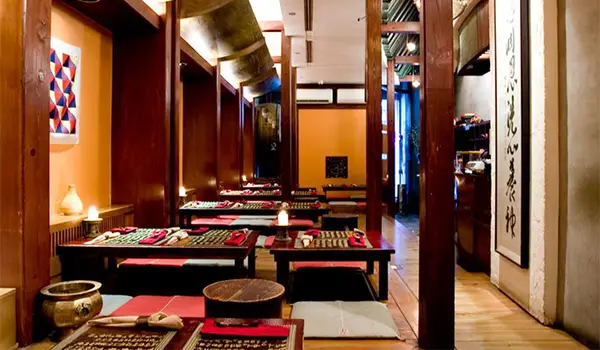
[Photographs: J. Kenji Lopez-Alt]
As a kid, my sisters and I would spend our Saturdays expanding our minds, honing our hand eye coordination, and discovering the meanings of discipline, hard work, and lost childhood through the Tiger Mom-approved double-header of Japanese school and music school. It was a grueling eight hour schedule that left me with about an hours’ worth of free time in the middle of the day, during which I’d catch up on cartoons or football with my dad while making myself lunch. Sometimes this meant frozen chicken pot pies or pastrami sandwiches from the deli down the street. More often than not, this meant instant ramen.
I wasn’t a ramen prescriptivist, but my selection usually landed upon either Myojo Chukazanmai, a premium Japanese brand, or on Shin Ramyun, the Korean brand of instant noodles flavored with beef and chili. Its fierce heat and intense saltiness has earned it some rabid followers—it was the number one response when I asked people to name their favorite ramen brand over Twitter, and it’s one of the best selling non-Japanese brands around, available in over 80 countries.
For two and a half decades since its introduction in 1986, Shin Ramyun was available in only two forms: in a packet, and in a cook-in-the-container styrofoam cup. In 2011, they introduced Shin Black, the premium version of their traditional ramen.
We tasted all four options to see how they stacked up.
BLACK VS. STANDARD

Straight out of the package, there’s a pretty clear difference between the Shin Black and the standard cup: the Black version contains one extra seasoning packet. Rather than the straight-up mix of beef extract, chili, and vegetables that you get in the standard, the Black comes with one packet of chili mix, and another which has a beef and anchovy soup base.

The dehydrated vegetable packet in the Black is also larger and contains bigger chunks of mushrooms, scallions, and peppers. With the packet version of Black, the vegetable mix also includes slices of dehydrated beef. More on that in a moment.
OVERALL WINNERS: EITHER RAMYUN FROM A PACKET
While tasters were divided on how the broth and noodles in the standard Shin Ramyun compared to the premium Black version, there was one clear consensus: the ramyun that comes out of packets and gets cooked in a pot is superior to the cup-style. It makes perfect sense. With the former, you’re cooking the noodles at a fast boil; with the latter, you’re steeping them like tea.
The ingredient labels on the packets reflect a difference in formulation for the noodles as well, perhaps in order to compensate for this difference in cooking method.
Overall, tasters found the packet noodles to be bouncier and more like real noodles, though Max was the lone exception in enjoying the thinner, softer noodles in the standard Shin Cup (“If you’re not going to get great noodles anyway, you might as well get ones that are better at absorbing sauce,” was his reasoning).
The soup bases for the packet-based soups were also superior. It’s tough to decipher from the ingredients lists what made them better, but they were richer, fuller, and slightly more “natural” tasting. Soups from the cups were labeled as “harsh,” “aggressive,” and “artificial.” Not so bad that we wouldn’t eat them, mind you, but enough that taking the time to make the packet-based version is a no-brainer.
Interestingly, cost had virtually nothing to do with our preferences. When you buy the make-in-the-cup style ramyun, you pay double the cost for the convenience of not having to use a regular pot. Similarly, the Black versions of both the cup and packet soups cost twice as much as the standard. All told, people were pretty evenly split on naming the $.24/ounce standard Shin Ramyun Noodle Soup packets and the $.47/ounce Shin Ramyun Black Premium Noodle Soup packets as the winners.
Here are some more tasting details.
SHIN RAMYUN NOODLE SOUP PACKET ($.24/OUNCE)

This is the classic flavor of my youth. Salty and spicy with a mild ocean aroma and bits of rehydrated shiitake mushroom and scallion floating in a thin but flavorful broth. The noodles are better than your average packet of ramen (I’d put them on par with our top-rated Sapporo Ichiban), but by no means mind-blowing. As Jamie put it, this is something “I’d want when I was sick.”
Max, on the other hand, says that he’d “like to dip [his] dosas in it.” I’m not quite sure what that means and I’m a little scared to find out.
SHIN RAMYUN BLACK PREMIUM NOODLE SOUP PACKET ($.47/OUNCE)

The first thing you’ll notice when comparing the Black version to the standard is the larger chunks of vegetables. Real-sized slices of shiitake mushroom and slivers of hot chili peppers float around the opaque, mildly creamy broth. The front of the package shows thick slices of real beef. What we get instead are these little nubbins:

Sort of like the bits you find at the bottom of a bag of beef jerky that you resort to eating when you’re at mile 169 of a road trip and the real food ran out a few miles past the last rest stop. We could’ve just as soon done without them.
The broth for the Black contains dehydrated beef stock and anchovies in addition to the “beef extract” and “beef fat” that flavors the standard version, creating a more subtle, balanced broth. It’s heartier, but also milder. If you’re looking for more of a salt and spice punch, the standard packet is the way to go.
SHIN CUP NOODLE SOUP ($.47/OUNCE)

The overall loser, the Shin Cup had both the thinnest, harshest broth, as well as super-thin, soggy noodles that are very similar in texture to those you’d find in other cup brands like Nissin’s Cup Noodles. The dehydrated vegetables were also the smallest—little bits of scallion, hot pepper, and shiitake mushroom add a bit of interest, but not much. As far as instant soups go, we wouldn’t kick this one out of bed, but we wouldn’t feel the need to put on a new shirt before meeting it at a bar either. Even if we’d spilled some ramen on the old one.
SHIN CUP BLACK PREMIUM NOODLE SOUP ($.89/OUNCE)

A big step up in noodle and broth quality from its less premium cousin. The label on the top of the box claims that the Shin Black Cup is “Spicy Pot-Au-Feu Flavor,” though an examination of the ingredients doesn’t reveal anything special as far as unique flavorings go. Like the Black packet version, the Black Cup has a creamier, milder broth with a more “real” flavor, though this guy doesn’t have the dehydrated beef chips you’ll find in the packet version. No big loss.
About the author: J. Kenji Lopez-Alt is the Chief Creative Officer of Serious Eats where he likes to explore the science of home cooking in his weekly column The Food Lab. You can follow him at@thefoodlab on Twitter, or at The Food Lab on Facebook.
Shin Ramyun Noodle is available to purchase at SFMart.com
